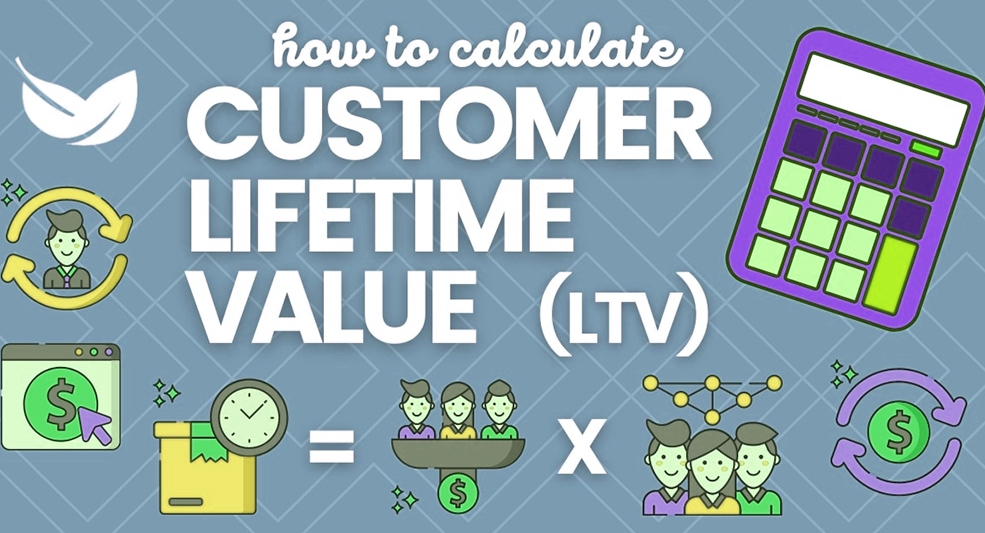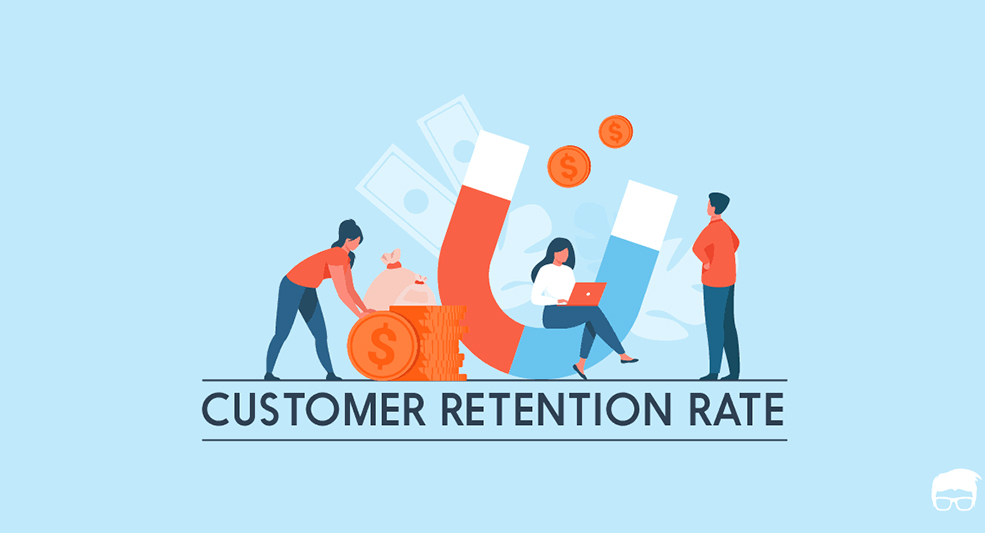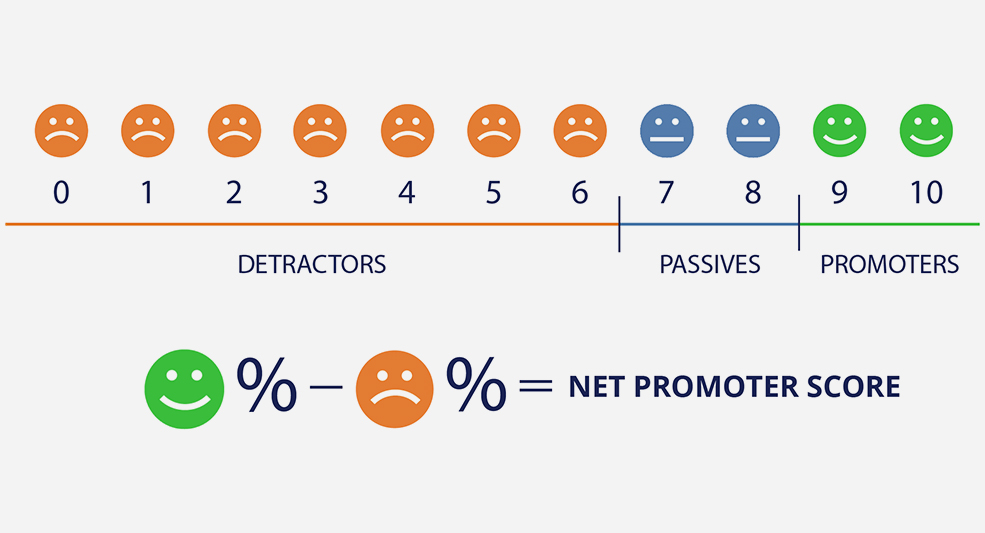95% of the marketers believe tying KPI to their business strategies helps them attain the objective they are always looking for. The business world can be intimidating, and entering one can feel like a gamble at first. However, if you are passionate about the field and know how to implement your strategies, you will always be successful. The trick is to keep track of your strategies and calculate them at each stage. The most successful brands understand which strategies work and which do not. For example, when Gap, a clothing company, changed its logo design, its brand value fell. They went back to their initial concept after receiving such unfavorable feedback. With marketing KPIs like ROI and ROAS, brands can assess such outcomes.

Let’s dive deeper into the concept of marketing KPI.
What is a Marketing KPI?
Marketing KPIs are key performance indicators that help you evaluate your business efforts. These are quantifiable metrics to track your marketing campaign to modify your strategies accordingly.
Every business runs a marketing campaign across channels like social media, emails, or other digital media to achieve a certain goal. KPIs let you track your marketing performance across these channels to develop the best marketing strategies for your company. It’s similar to the grading system used by your high school or college to assess your academic success.
What is the Significance of Marketing KPI?
“Measurement is the first step that leads to control and eventually to improvement. If you can’t measure something, you can’t understand it. If you can’t understand it, you can’t control it. If you can’t control it, you can’t improve it.”- H. James Harrington.
The marketing KPI you choose has a significant impact on your company’s objectives. These metrics provide you with information about what you’re doing right and wrong in your business plan.
The fact is simple: when you know how your business operates, you can determine the beneficial and detrimental variables. As a result, you optimize your company’s ROI by setting suitable measures.
Marketers waste around 26% of their marketing budget. This situation arises when the marketer doesn’t know what factors are of no use in their plan. KPI helps you erase the factors that cost you excessive money and contribute zero to your business growth. As a result, you can create an effective marketing budget, and hence your business saves a lot of money that you can put to better use. And then eventually your business will grow faster than before.
For example, with the help of click-through rates, you figured that your HVAC business is attaining no advantage by investing in Facebook ads. You can immediately modify the ad that gets better results or remove it from that platform.
What are the Most Important KPIs?
CAC

Consumer acquisition cost (CAC) is a term used to describe the expense of acquiring a customer. This KPI is used to figure out how much it costs to convert a lead into a customer. It’s a significant statistic that can assist you in making cost-effective business decisions. CAC assists you in determining the state of your sales and marketing efforts. It allows you to compare the amount of money you spend to acquire new consumers to the total number of customers you have.
-
How to calculate?
The formula to calculate CAC is,
CAC = (cost of sales + cost of marketing)/new customers acquired
The first step is to check the period you are evaluating CAC and then use the above formula to determine the results.
For example: for May, your company’s combined cost for sales and marketing was $800K, and the customers generated were 400. So your CAC for that month will be 2K.
LTV

LTV stands for the lifetime value of a customer. LTV is a KPI that measures how much revenue a single client brings into your company. It assists you in determining how much money you should spend on customer acquisition. If your CAC is higher than your LTV, it means you’re investing more in client retention, and you need to reduce that.
-
How to calculate?
The formula to calculate LTV is,
LTV= Customer value* Average customer lifespan
For the calculation of your customer value, you need to use the below formula:
Customer value= Average purchase value* Average number of purchases
The average purchase value is the ratio of your company’s total revenue and the total number of orders in the given period of time.
ROI

ROI stands for return on investment. ROI helps you calculate the revenue you generate through a particular marketing campaign compared to the marketing costs. It’s a simple and versatile metric used to develop a marketing case for a particular proposal.
-
How to calculate?
There are various methods to calculate ROI, but the most common and easiest are written below.:
ROI= (Net income/ Cost of investment)*100
For example, a person invested $20,000 in a business without incurring any associated costs and generated $80,000 in revenue. The ROI for this investment will be 400%.
ROAS

ROAS stands for return on ad spend. ROAS is the KPI that you can use to measure your business’s profit for each dollar they spend on advertising. It is an effective metric to calculate the effectiveness of your advertising campaign. A successful ad campaign means higher ROAS.
-
How to calculate?
ROAS has a huge similarity with ROI, and the calculation system is pretty simple. For example, the formula is given below:
ROAS= Revenue generated from the ad campaign/ total cost of the ad
For example, if you have invested $200 in your business ad and generated $600 as revenue from it, your ROAS for this campaign will be three, which is great.
MQL

MQL stands for Marketing Qualified Lead. It refers to the lead that might become your brand’s potential customer with a little nurturing force. A person is qualified as leads when they perform activities like opting for your brand’s program, submitting their contact information to you, adding products in your ecommerce store, or repeatedly visiting your website.
-
How to calculate?
One of the ways to identify MQL is by examining your buyer’s journey and behavior. First, determine the demographics of your potential customer to check their behavior with your marketing assets. The best method is to ask for customer feedback that offers you insights on how much they are interested in your product. It even helps you make a change in the factor that is refraining them from utilizing your product.
Always remember you need to be cautious while paying attention to MQLs. They are not just your lead nor your fixed customer. So make sure to overvalue or undervalue them.
SQL

SQL stands for sales qualified lead. These are those qualified leads showing interest in your product and are ready to go through the further sales process by your brand. The marketing team has nurtured these leads so that they become ready to purchase from you.
-
How to calculate MQL to SQL conversion rate?
You can calculate MQL to SQL conversion rate using the following formula:
Conversion rate= SQL/MQL
For example, your business’s marketing department calculates 2000 MQLs for the first month. Out of which, 242 get converted into SQLs. So the conversion rate becomes 12.1%.
SQL to MQL conversion rate is also known as MQL acceptance rate.
Customer Retention Rate

Customer retention rate is the KPI that helps you measure the number of clients your company can retain over a specific period. Customer retention rate helps to analyze your business health to make the changes on the field accordingly.
-
How to calculate?
The formula is,
Customer retention rate= [(E-N)/S]*100
- E is the total number of customers your business has at the end of the given period.
Let’s say you’re measuring the retention rate for February. So E is the total number of customers you have on February 28. - N is the total number of new customers added to your business in that given period.
You need to subtract the new customers as they are not currently offering you any data or results. - S is the total number of customers at the start of that particular period.
If we are talking about February, the (S) here will be on February 1.
For example, your business had 200 customers at the beginning of February, and 148 customers left at the end of that month. However, during that period you attained around 50 more customers. So here, your customer retention rate will be 49%.
Website Traffic

Website traffic is an effective KPI to calculate the number of visitors that reach your website in a given period. Not just that, you can monitor your SEO efforts with the help of this metric. An increase in website traffic increases the number of potential customers for your business.
-
How to calculate website traffic growth?
Suppose you are calculating monthly traffic growth, then the formula will be,
% Monthly traffic growth= {[new customers from current month- new customers from previous month]/ new customers from previous month} *100
Let’s calculate the website traffic of a business for June whose new customers for the same month are 500, and the new customers for May were 450. So the % monthly traffic growth for June becomes 11.1%.
Social Media Engagement

58.4% of the population worldwide is using social media. The best way to calculate your business social media efforts is through engagement. The more your company’s social media engagement, the better.
-
How to calculate?
Social media analytics are crucial to give perspective to your business social media campaign. There is no standard formula to calculate engagement, but the following metrics can help you create a great deal:
- Likes
- Comments
- Reactions
- Followers
- Shares
- Profile visits
- Click-throughs
- Retweets
- Saves
- Calls
- Emails
Net Promoter Score

NPS, i.e., net promoter code, is the KPI that helps businesses calculate the customer experience that helps them to predict their future revenue growth.
-
How to calculate?
The standard formula for calculating NPS is quite simple. All you have to do is minus the percentage of promoters from the percentage of detractors.
NPS= %promoters-% detractors
To find out the promoters and detractors of your brand, you are supposed to ask one question from your target audience and, i.e. ( How likely would you be to suggest us to your friends or family members on a scale of 0 to 10?)
Promoters rank you from 7-10, whereas the detractors will rank you from 0-6.
For example, 70% are the promoters, whereas 40% are detractors, so your NPS score will be 30%.
Final Words
KPIs are key performance indicators (KPIs) that assist your company in tracking and evaluating its marketing efforts. It helps you make cost-effective business decisions because KPIs such as LTV and ROI quantify the amount you spend on each customer. In addition, you can use KPIs like retention rate and net promoter score to figure out your greatest techniques. For a successful revenue-generating campaign, make sure to include KPIs while developing a company strategy.
